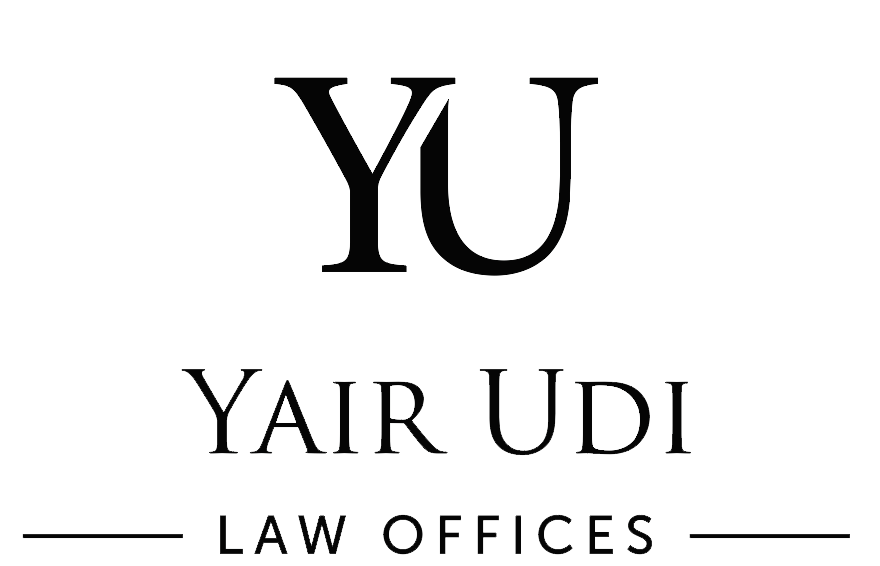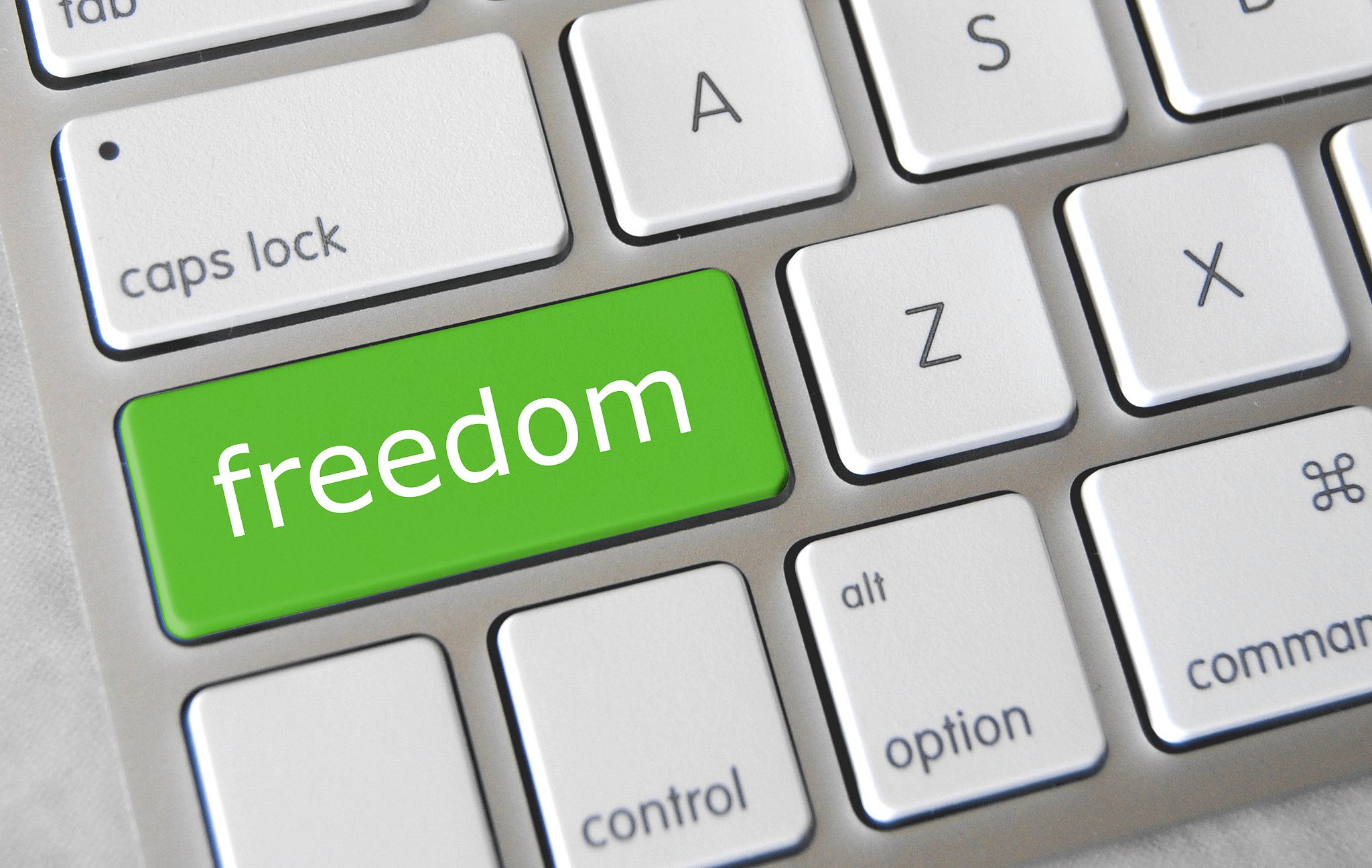In the previous chapter, we stated that the license under which software is released determines whether or not it is open source. We also learned that one of the basic conditions that an open source license has to include is that the source code must be shared. Let’s drill down to better understand the other benefits and limitations that open source licenses hold.
In the world of software, freedom is examined by whether or not the recipient of the software can enjoy the following four freedoms of Richard Stallman, the founder of the Free Software Foundation):
- The freedom to run the program as you wish, for any purpose.
- The freedom to study how the program works and change it so that it does your computing as you wish.
- The freedom to redistribute copies so you can help others.
- The freedom to distribute copies of your modified versions to others – giving the whole community a chance to benefit from your changes.
Let’s review each of these briefly:
- The freedom to run the program as you wish, for any purpose.
The first freedom allows holders of an open source library to use the original library or any modified version of it, for any purpose. This freedom also includes the right to modify the library freely – a liberty which was better established by the second freedom.
- The freedom to study how the program works and change it so that it does your computing as you wish.
The second freedom is dependent on one’s ability to access the source code of the library. The freedom to access and change the source code of the library is essential and fundamental, and it stands as a basis for the remaining freedoms.
- The freedom to redistribute copies so you can help others.
The third freedom grants the principle right to furnish copies of the original library or any modified version of it. This is one of the main controversial issues debated among different political groups that promote open source and free software, as this freedom doesn’t impose an obligation to distribute open source software for free – it just allows for it. Hence, distribution can be gratis or for a fee.
- The freedom to distribute copies of your modified versions to others – giving the whole community a chance to benefit from your changes.
The fourth freedom promotes social behavior. It is, in fact, a “negative” freedom by which a contributor grants society the right to furnish copies of his modified library. In conjunction with the remaining freedoms which assure the distribution of source code together with binaries or executables, this freedom closes the loop and sets the ground for knowledge to be distributed and shared.
As we can see, freedom is much more than free. Under open source, the original author of the code provides others the rights and the means (i.e., source code) to study, change, and distribute the software to anyone, for any purpose.
“Open source software is software that can be freely used, changed, and shared (in modified or unmodified form) by anyone. Open source software is made by many people and distributed under licenses that comply with the Open Source Definition.”
Source: the open source initiative.
Copyright and Public Domain
Copyright laws aim to protect the expression of an idea. As a general rule, these laws allow automatic attachment of copyrights to every author’s novel expression of an idea, whether through text, sounds, or imagery. Unlike patents, a copyright doesn’t usually need to be registered to be legally effective; it comes into force when a novel work is created.
This general rule also covers machine source code. Under these laws, a piece of software cannot be copied, displayed, or otherwise commercially exploited, except by the copyright holder. Additionally, only the copyright holder has the right to create derivative work – software that is developed from the original copyrighted software. Hence, the copyright holder has proprietary protection, as well as additional protections, to deny others the option to develop software created originally by the author.
On the other side of the fence, there’s the public domain’s “legal territory”. A work which is not covered by copyright – whether because it was made by a governmental authority, its copyright protection lapsed (there are time limitations under copyright laws), or because, initially, the author waived its rights – is considered to have fallen into the public domain and, therefore, denied most of the protections under copyright laws.
In the upcoming chapter, we’ll review open source’s forged path to new types of licenses. This includes an introduction to copyleft (viral) licenses and non-copyleft licenses, as well as the differences and commonalities that they share. We’ll also elaborate on the kind of impact that these two families of open source licenses have.
Continue Reading here

